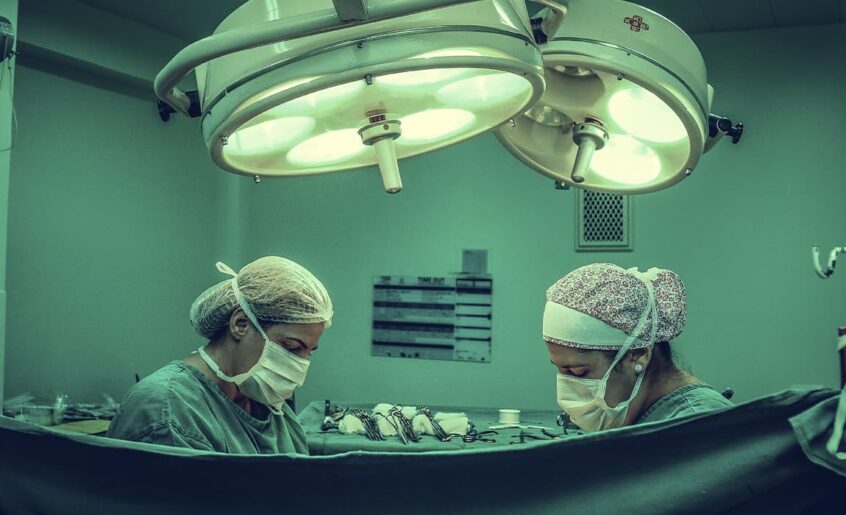LyGenesis has proposed a noninvasive method of treating people with severe liver damage. For this purpose, liver cells from a donor are injected into the lymph nodes of patients, literally growing a new liver that helps compensate for the main diseased organ.
The solution makes it possible not only to avoid heavy transplant surgery, but also to use the donor organs more efficiently: the cells of one liver can be enough for 75 people.
In the coming weeks, a volunteer from Boston, Massachusetts, will become the first to try out a new treatment that can grow a second liver in his body. And that’s just the beginning — over the coming months, other volunteers will test doses that will make up to six organs grow in their bodies.
If the method really works, it could revolutionize treatment. Donor organs are scarce, and many cannot be used – for example, if the tissue is too damaged. The new approach allows organs that would otherwise be discarded to be used, and researchers believe the technology will allow one donor organ to be used to treat about 75 people.
All the services and companies related to relocation on one map
“It’s very promising. I’m very happy that this idea is being tested clinically,” says Valerie Guon-Evans, a stem cell biologist specializing in liver regeneration who is not involved in the research or in the company.
The liver has a unique ability to regenerate. You can cut off half of an animal’s liver and it will grow back. A human liver damaged by toxins or alcohol can usually regenerate, too. But some diseases can cause too much damage, and in such cases, a liver transplant is recommended.
However, a transplant is not always an option for people who are very ill. That’s why Eric Lagasse and his colleagues at LyGenesis have taken a different approach. Lagasse, a stem cell biologist at the University of Pittsburgh, has spent years studying cell-based treatments for liver disease. About 10 years ago, he experimented with the idea of injecting mice with cells from a healthy liver into a diseased organ.
Because it is difficult to access the livers of small 25-gram mice, scientists injected the cells into the spleen and different parts of the body to see if they could migrate. Only a small number of mice survived. At autopsy, a small liver was found in the lymph nodes.
Small incubators.
Lymph nodes are small, bean-shaped structures located throughout the body. They play a crucial role in our immune health because they create cells that help fight infections. Although Lagasse was initially surprised that liver cells could multiply and grow in lymph nodes, he said it makes sense.
Lymph nodes are a natural home for rapidly dividing cells, even if they are usually immune cells. Lymph nodes also have a good blood supply, which can promote new tissue growth.
And the lymph nodes near the liver are close enough to pick up chemical signals sent by the dying tissue of the diseased liver, Lagasse says. These signals are meant to stimulate regeneration of any remaining healthy liver tissue, but that doesn’t work in cases of severe disease. Nevertheless, the signals appear to help liver tissue grow in neighboring lymph nodes.
About five years ago, Lagasse, along with entrepreneur and drug developer Michael Hufford and transplant surgeon Paulo Fontes, founded LyGenesis to take the technology further. The team is exploring the use of lymph nodes to grow new thymus glands, kidneys and pancreas.
But the priority remains the liver. Over the past 10 years, the team has collected promising data showing that they can use their approach to grow new miniature organs in mice, pigs, and dogs. The liver doesn’t grow indefinitely — at some point the process stops, just as a healthy liver has a limit to regeneration.
